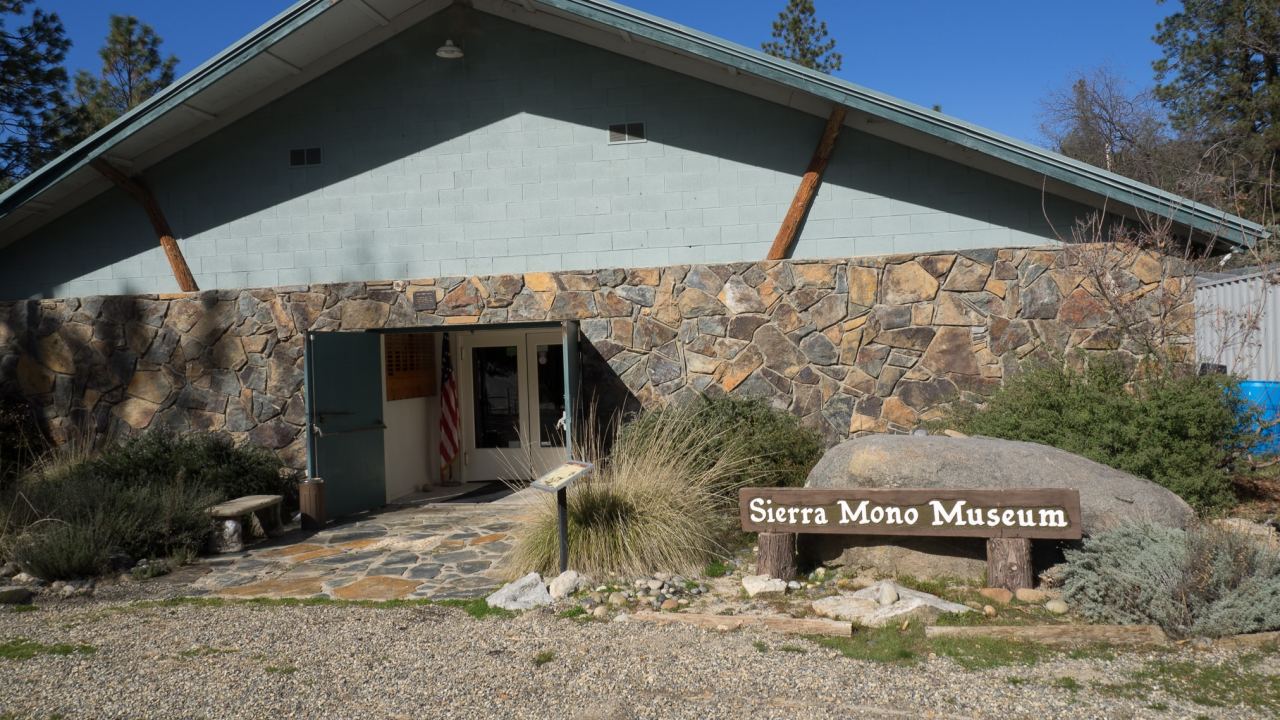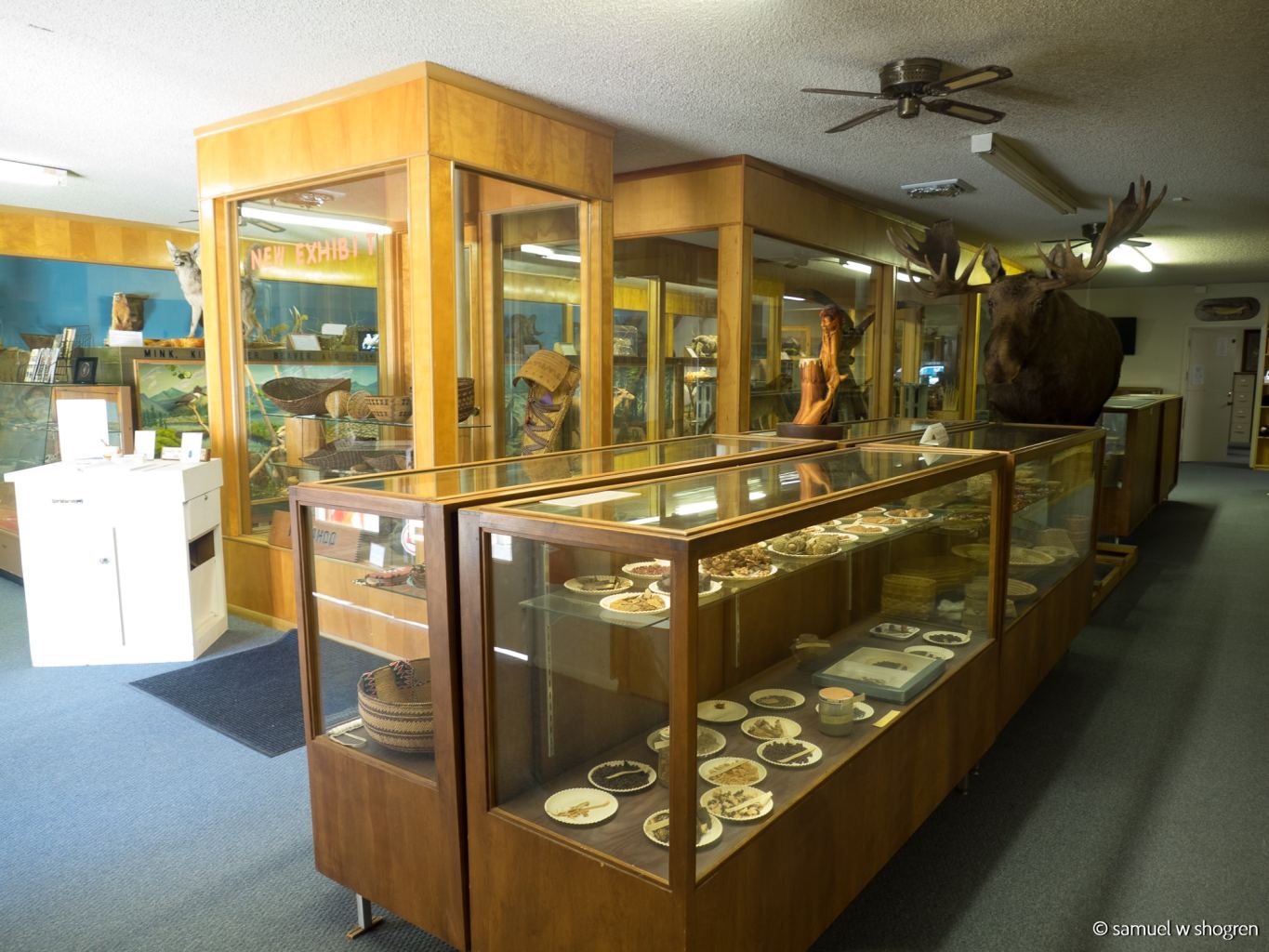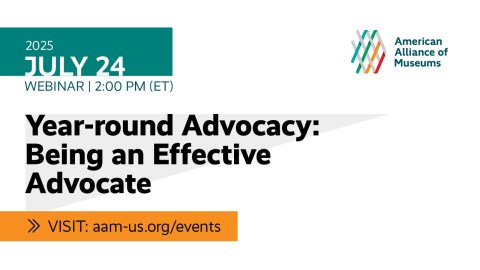
The Sierra Mono Museum and Cultural Center—a small, rural, nonprofit museum set in the California foothills just south of Yosemite National Park—is today undergoing a one-million-dollar renovation thanks, in large part, to its recent participation in the AAM Museum Assessment Program (MAP).
MAP is a one-year process of self-assessment, institutional activities, and consultative peer review through a site visit and final assessment report. I served as a peer reviewer for the latter portion of the process and was contacted in December 2016 to conduct the site visit for the Sierra Mono Museum’s Collections Stewardship assessment.
The Sierra Mono Museum is within the tribal homeland of the indigenous Mono (or Neum/Nim) people, who lived in the region for over ten thousand years before the Spanish, and later gold prospectors, invaded. The descendants of the Mono people opened the small cinderblock museum in 1971 to preserve their culture for future generations, following the cancellation of their recognition by the government in the late 1950s. Over the forty-five years from its founding to its 2016 assessment, the museum had established an international reputation for having one of the finest Native American basket collections in the country.
As the fiftieth anniversary of the Sierra Mono Museum approached, its board of directors decided it was time to take stock of the museum: to get a snapshot of its forty-five years of operation, compare its operations to accepted baselines, assess the current needs of its collections and exhibits, and seek ideas for how to position the museum for the next fifty years.
After considering several options, the board chose to participate in MAP. MAP provided them with a level of professional services and support the SMM could not otherwise have afforded; a process tailor-made and simple to implement for small and rural museums with limited resources; and access to educational materials, guidelines, and direct communication with MAP staff that would guide them to success.
Following a year of preparation and self-assessment by the SMM board, staff, and volunteers, I arrived as the on-site evaluator in March 2017. Over the course of two days, I met individually with various board members, community members, elders, and part-time staff to learn from them how the museum operated and what issues and challenges they felt faced the museum. I also helped conduct a detailed survey of the building’s exterior and interior, to identify conservation issues, collections management needs, and challenges with exhibits and public programs.

What we found was an aging building housing an impressive collection with over 95 percent on exhibit, but little interpretation or narrative about Mono Indian culture, values, or spiritual beliefs, and little-to-no place to store artifacts not on display. The main gallery would need a redesign, a new collections facility created somewhere within the building, and facility repairs running into the hundreds of thousands of dollars. Combined, these changes would help protect the fragile collections, eliminate sources of deterioration to collections and the building, and more clearly communicate tribal cultural values and beliefs. It also became clear that the museum needed to broaden its base of support and reconnect its community and its supporters.
The Sierra Mono Museum suffered from a problem that many museums, both large and small, suffer from: gradual deviation from policies and practices designed to protect collections and facilities. The museum had been staffed and run mostly by volunteers over much of its history. Over time, the board and the museum volunteers had gradually come to accept and learn to live with ever-increasing issues associated with occupying a deteriorating cinderblock building as a museum facility. Unfortunately, this meant learning to accept as normal groundwater penetration up through the foundation, periodic rainwater intrusions, decreased HVAC functionality, and even ingress by small amphibians. To fix these issues, the museum would need to be gutted, water- and weather-sealed, and rebuilt.
I quickly realized that it was critical the museum’s working board of volunteers receive simple, clear feedback on what needed fixing and how. Board members shared with me that previous assessments, written in “museum speak,” had overwhelmed them in their complexity and lack of an executable action plan. To that end, I focused my recommendations on three areas: fixing the building, fixing governance, and fixing the collection and exhibits.
After MAP: A way forward and a change in culture
With their MAP assessment in hand, the board followed my recommendation to work with the tribal council more closely. They met shortly after receiving the written report to review the report’s findings. What happened next was truly astounding.
The nonprofit museum board and the tribal council implemented a new memorandum of understanding between the two separate organizations concerning future support. The tribal council then immediately authorized the tribe’s housing authority to apply for a $630,000 Housing and Urban Development tribal grant to support the redevelopment of the museum and its expansion as a cultural center—which they received. A few months later, the museum approached me to continue working with them beyond my peer reviewer role. They asked me to write a $75,000 proposal to IMLS’s Native American/Native Hawaiian museum grant program to support capacity building, collections storage, and content development for the renewed facility, which the museum also received.
Ten months after my MAP visit, I was again back at the Sierra Mono Museum, this time to meet with elders, tribal council staff, museum board members, and the principals from San Francisco-based architecture firm, Barcelon Jang, for a day-long design charrette to plan a new museum facility. It was a genuine pleasure and honor to be invited to join this meeting. Over the next six months, I joined a design review committee to work with the architects to develop architectural plans.
Only eighteen months out from the MAP Assessment, tribal housing staff began gutting the old museum facility in preparation for reconstruction. Planning now included the addition of a new wing to house an education/community room, a visitor hospitality area, a new gift shop, and offices for staff and volunteers.
Today, we are thirty months out from my MAP survey, and the Sierra Mono Museum is a work in progress. I continue to work with the museum through a series of custom-designed, capacity-building workshops supported by the IMLS grant. A recent workshop focused on renewing the museum’s mission and vision, and the discovery of a new role for the museum to support Mono families in the practice and expression of their culture and ancestral traditions during major life events.
The work of the North Fork Rancheria Housing Authority—the primary contractor for the museum renewal project—continues as they finish the interior shell of the museum and close out the HUD grant. The tribal council continues to support the museum redevelopment project, recently authorizing an additional $56,000 in direct funding to help finish the capital construction project.
Over the coming months, with the support of IMLS funding, I look forward to working further with the museum’s board and the community as we continue the training, capacity building, and interpretive planning. I will also be overseeing the development of a new collection’s storage facility and the return of the collections to the renewed museum facility. Beyond that, the fundraising and exhibit development will continue as the museum opens in phases over the next year and a half.
The impact of a MAP Collections Stewardship Assessment goes beyond improvements to collections management. With honesty and frankness concerning your organization’s needs and capabilities, supported by your onsite reviewer and AAM staff, the assessment can leverage to generate strategic goals and outcomes, create new sources of revenue, and secure previously untapped community resources to help you capitalize on collections care.
MAP is supported through a cooperative agreement between the Institute of Museum and Library Services and the American Alliance of Museums.
About the museum:
The Sierra Mono Museum and Cultural Center was founded by descendants of the indigenous Mono people, who sought to preserve and present their artifacts and culture for future generations following the cancellation of formal recognition by the Federal government for Western Mono tribes. The museum opened to the public in 1971 and has since established an international reputation for having one of the finest Native American basket collections in the country.
About the author:
Sam Shogren is a trained cultural resource manager, anthropologist, and historian. His museum work includes leadership roles at Colonial Williamsburg, Old Sturbridge Village, Historic Annapolis, the Hagley Museum and Library, the Maine Historic Preservation Commission, Penobscot Marine Museum, the Oregon Nikkei Legacy Center, and more. His consultancy, The Shogren Consulting Group, works with a variety of businesses and museums on strategic planning, community engagement, grants and resource development, historic preservation, and interpretive planning.
Shogren is a graduate of the Museum Studies Program at the University of Delaware, the Seminar for Historical Administration, and AASLH’s History Leadership institute. He holds a BA in Anthropology from Ripon College, a Master’s in Public Administration from Portland State University, and Advanced Certificates in Nonprofit Management and Fundraising from PSU’s Institute for Nonprofit Management. He also holds a LEAD Assoc. from LEAD International—Leadership for Environment and Development (Canadian Cohort) focused on sustainable development. For the last twenty years, he has served as a MAP peer reviewer and occasional NEH grant reviewer.







